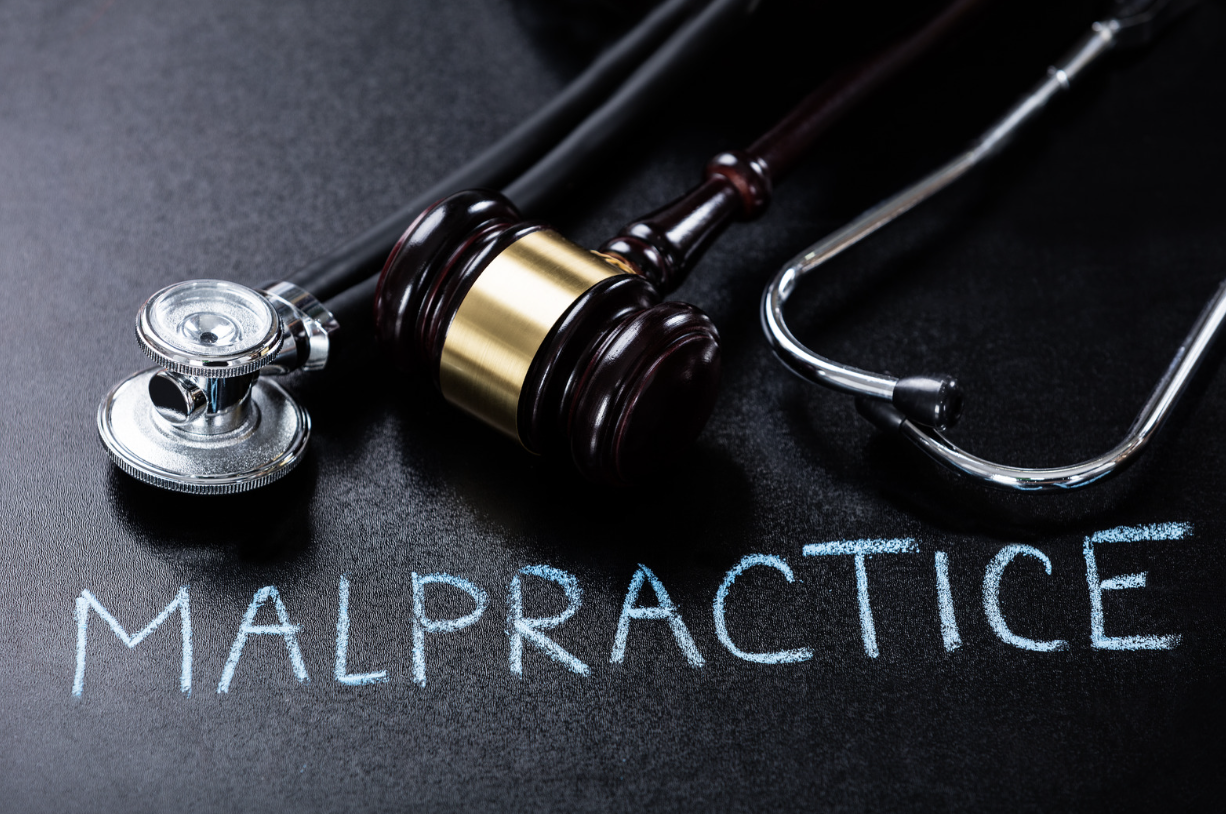February 12, 2025 | Medical Malpractice \ Nursing Home Abuse

Medical malpractice happens when healthcare professionals breach their duty to patients. This duty includes performing under an acceptable standard of care. A departure from the acceptable standard of care can cause harm to patients.
It is important to understand the different types of medical malpractice if it ever happens to you. By understanding medical malpractice, individuals can recognize when medical professionals violate their rights. At Minner Vines Injury Lawyers, PLLC, we assist Kentucky victims with their medical malpractice cases.
Misdiagnosis or Delayed Diagnosis
Around 12 million adults in the United States experience diagnostic errors each year.
More than 7 million misdiagnoses occur per year. A misdiagnosis is when a healthcare provider misidentifies a patient’s condition. A similar issue is delaying a patient’s diagnosis. Sometimes, a misdiagnosis can lead to a delayed diagnosis.
Common causes of misdiagnosis and delayed diagnosis include inadequate testing, misreading test results, and ignoring symptoms. Other contributions are improper training, poor communication, and faulty hardware.
Consequences
A misdiagnosis or delayed diagnosis lets diseases progress. This limits treatment options and raises the risk of death.
For example, doctors can miss early-stage cancer. This delay limits treatment options. Limited treatment options lead to lower survival rates. Another example is misidentifying a heart attack as indigestion. This increases the risk of heart damage or death.
Surgical Errors
Most people have heard surgical horror stories. Some end with surgical materials and tools left inside the body. Even more terrifying are the stories of operating on the wrong body part or performing incorrect procedures.
Consequences
Surgical errors cause about 40,000 deaths a year in the U.S. These errors are a leading cause of preventable deaths in healthcare.
One of the first signs of a surgical problem is infection. Many patients also suffer from long-term conditions like chronic pain and disability.
Medication Errors
Medication errors involve mistakes in prescribing, dispensing, or administering medications.
Common errors include:
- Prescribing the wrong medication.
- Giving the wrong dose.
- Missing harmful interactions between drugs.
The Food and Drug Administration outlines other mistakes, so it is important to note any side effects after taking medications.
Consequences
Medication errors contribute to at least 7,000 annual deaths in the United States. The wrong medicine can cause serious side effects, longer illnesses, and death.
Mistakes can make health issues worse. A common way that happens is when a provider prescribes the incorrect dosage of insulin to a diabetic patient, leading to hypoglycemia. Another example is dispensing a medication that interacts with a drug the patient is taking, which can cause severe side effects.
Birth Injuries
Birth injuries refer to physical harm caused to a baby or mother during the process of childbirth. These injuries can result from negligence or substandard care during labor and delivery.
Consequences
Birth injuries can include:
- Brain damage: Conditions such as cerebral palsy caused by a lack of oxygen during birth.
- Broken bones: Injuries such as clavicle fractures resulting from difficult deliveries.
- Nerve damage: Excessive pulling on the baby’s head during delivery can cause conditions such as Erb’s palsy.
Birth injuries cause lasting physical and developmental issues for the child. They may also bring emotional trauma to the parents and medical problems for the mother.
About 3.1 million babies are born each year in the U.S. Many suffer birth injuries that cause long-term health issues. These injuries often need extensive medical care. They can greatly reduce the quality of life for both mothers and children.
Anesthesia Errors
Anesthesia errors relate to the administration of anesthesia during surgical procedures. One grave example is administering an overdose of anesthesia, which can result in respiratory arrest and death. Another is failing to recognize allergic reactions to anesthesia.
Anesthesia errors can cause brain damage, respiratory failure, and more. They can also lead to longer recovery times and increased pain. In severe cases, these errors can lead to fatal outcomes.
Failure to Treat
A healthcare provider fails to treat a patient if they do not treat pre-existing conditions. This often means not treating patients, ignoring guidelines, or skipping progress checks.
Timing is critical in emergencies. Without treatment, conditions will worsen. Medical professionals cause more suffering to their patients when they fail to treat them.
Failure to treat is a major factor in many malpractice cases. It causes preventable deaths and prolonged suffering. An example is not giving life-saving medication to a patient when they have a heart attack.
Legal Help for Common Forms of Medical Malpractice
If you or a loved one experiences medical malpractice in Kentucky, seeking legal advice is crucial.
Kentucky law allows for the recovery of damages after medical and nursing home negligence. For a better understanding of medical malpractice, contact an attorney today.
Contact Our Nursing Home Abuse Law Firm Today To Get More Information
If you’ve been injured in an accident in Nashville, Lexington or Bowling Green, please contact our nursing home abuse lawyers at Minner Vines Injury Lawyers, PLLC for a free case evaluation.
Minner Vines Injury Lawyers, PLLC – Lexington, KY Office
325 W Main St #210, Lexington, KY 40507
(859) 550-2900